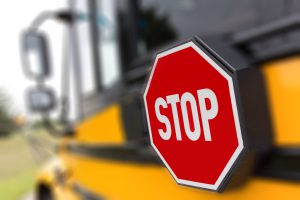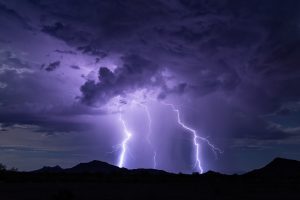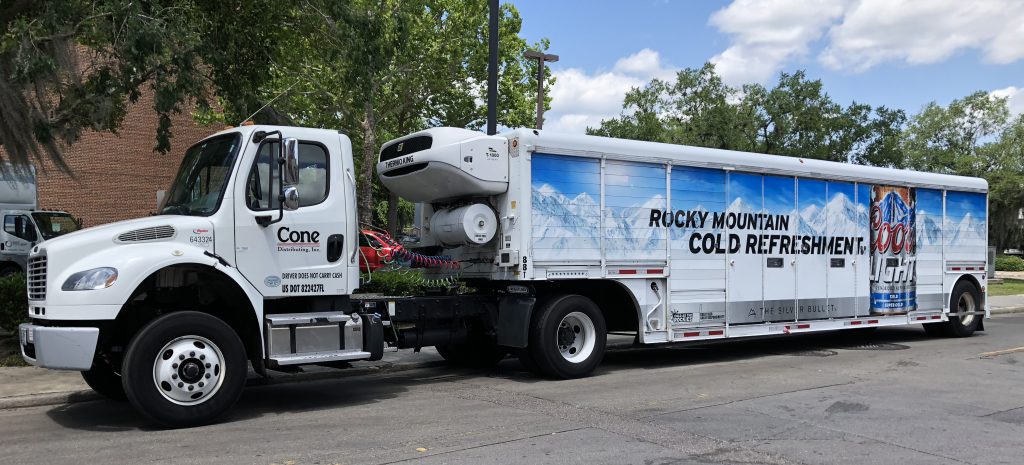As students in many counties return to school today, Team Cone’s Corporate Trainer and Safety Officer Dan Yero has a few reminders for those drivers who operate large vehicles, especially tractor-trailers.
As schools resume, remember to be patient. School buses take more time to load and unload, especially along rural routes. This could also mean frequent stops, so be prepared with longer following distances and increased focus on the road.
All traffic each way must stop for school buses unless divided by a median. Evan an unpaved or paved median requires traffic to observe caution, since younger pedestrians may need to cross in order to get to their school bus.
Back to School also means significantly increased pedestrian traffic, too. People walk and bike to school, so intersections and crosswalks will have more pedestrians traffic. Observe caution and add a shot of patience to your morning coffee and everything will be ok.
Additionally, remember that the texting ban has gone into effect in Florida. Having a device in your hand on the road is a primary (and ticketable) offense, and motorists can be pulled over by law enforcement.
Finally, remember to stay hydrated. It seems like a simple thing to remember, but dehydration can cause a number of problems for drivers like headache, nausea, or drowsiness. Something as simple as having a water bottle in the car and drinking from it regularly can avert minor problems on the road.

As school buses return to the road, remember to be patient.
It’s Florida, so the rain comes on an almost daily basis. When the rain comes, there are a few points of caution that Dan brings up for Team Cone’s drivers:

It’s Florida, so the rain comes almost daily.
Reduce speed to one-third the posted speed limit. If the speed limit is 60 miles per hour (MPH) then in a commercial tractor-trailer, reduce speed to 40 MPH. Remember that it takes a tractor-trailer much longer to stop than other vehicles on the road.
In the case of lightning, be aware. Do not expose yourself to lightning if unnecessary. The true danger is when the driver is outside the vehicle in a lightning storm.
If struck your vehicle is struck by lightning, chances are that the electrical systems will become inoperable. In that case, pull over quickly, set up hazard indicators, and follow standard breakdown procedure until the vehicle can be operated safely again.
Double the following distance. When the rain first begins is when the roads are most dangerous. The initial burst of rain will bring up some of the oils that may have settled on the road. In the rain, wet roads can wreak havoc on a tractor-trailer with the added danger of jackknife or rollover. Increasing the following distance between vehicles can save lives.
No flashers while driving. In Florida, flashers are only used to signal a breakdown or road hazard/emergency. It is against the law to drive in the rain with emergency/hazard lights flashing.

We take safety seriously at Team Cone, and we count on our drivers to do The Right Thing The Right Way All the Time.




